GPCR/G protein

All GPCRs share a common seven trans-membrane structure. GPCRs are associated with heterotrimeric G-proteins which are GTP-binding proteins made of alpha, beta, and gamma subunits. When a ligand binds to GPCR, it activates the attached G-protein, the GDP is replaced with GTP. The activated G-protein then dissociates into an alpha and a beta-gamma complex which activates downstream signaling pathways. These intracellular signaling pathways include cAMP/PKA, calcium/NFAT, phospholipase C, protein tyrosine kinases, MAP kinases, PI-3-kinase, nitric oxide/cGMP, Rho, and JAK/STAT.
GPCRs are one of the most important therapeutic targets for various diseases, over 30% of all modern medicinal drugs target this family. Aberrant GPCR functions are involved in pathological conditions such as neurological, immunological and hormonal disorders. A large number of GPCRs have been identified, but whose ligands are not known, are classified as orphan receptors.
-
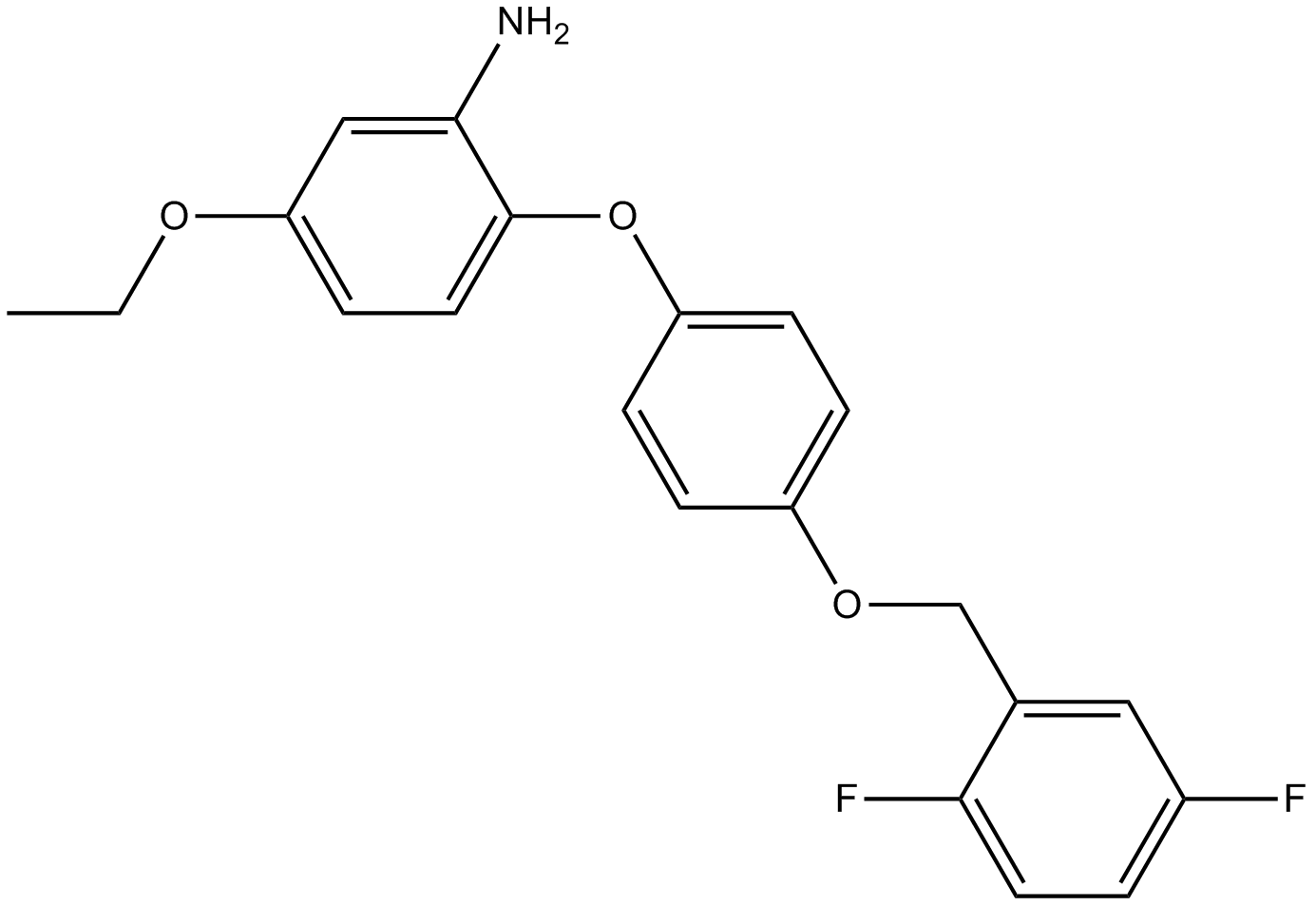 A3811 SEA04004 CitationTarget: Na /Ca2 Exchangers (NCXs)Summary: Specific inhibitor of Na+/Ca2+ exchange
A3811 SEA04004 CitationTarget: Na /Ca2 Exchangers (NCXs)Summary: Specific inhibitor of Na+/Ca2+ exchange -
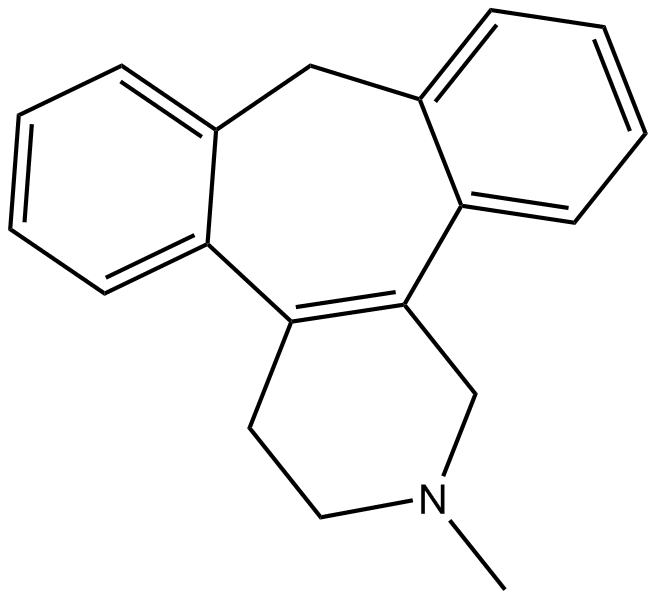 A3815 SetiptilineSummary: Serotonin receptor antagonist
A3815 SetiptilineSummary: Serotonin receptor antagonist -
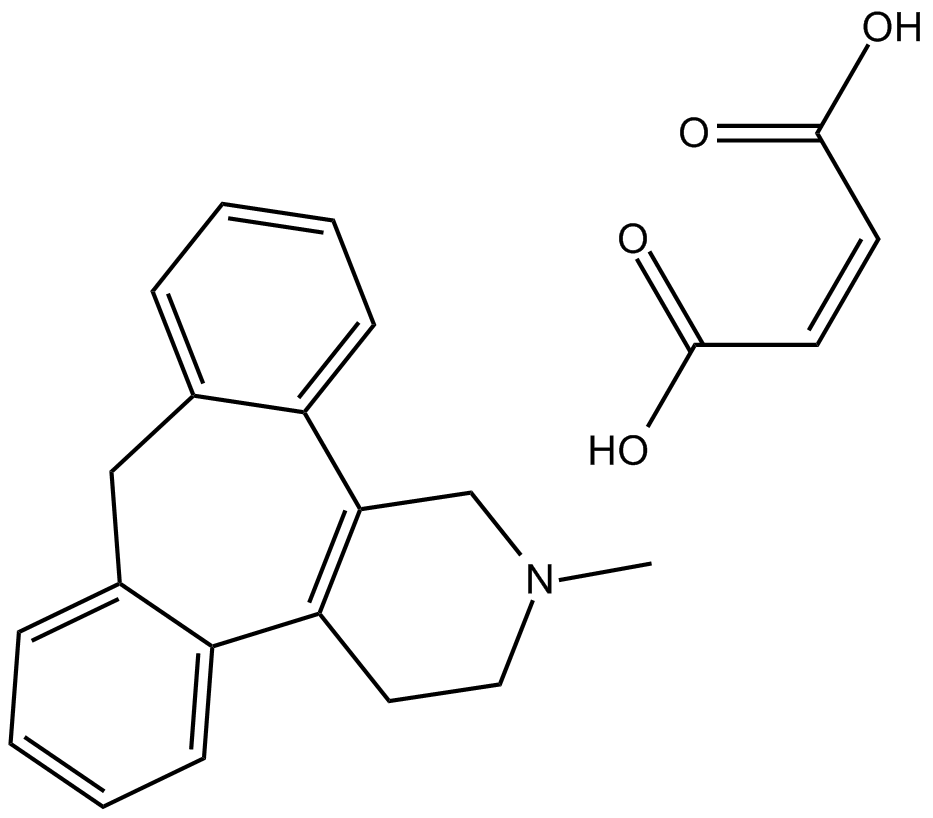 A3816 Setiptiline maleateSummary: Serotonin receptor antagonist
A3816 Setiptiline maleateSummary: Serotonin receptor antagonist -
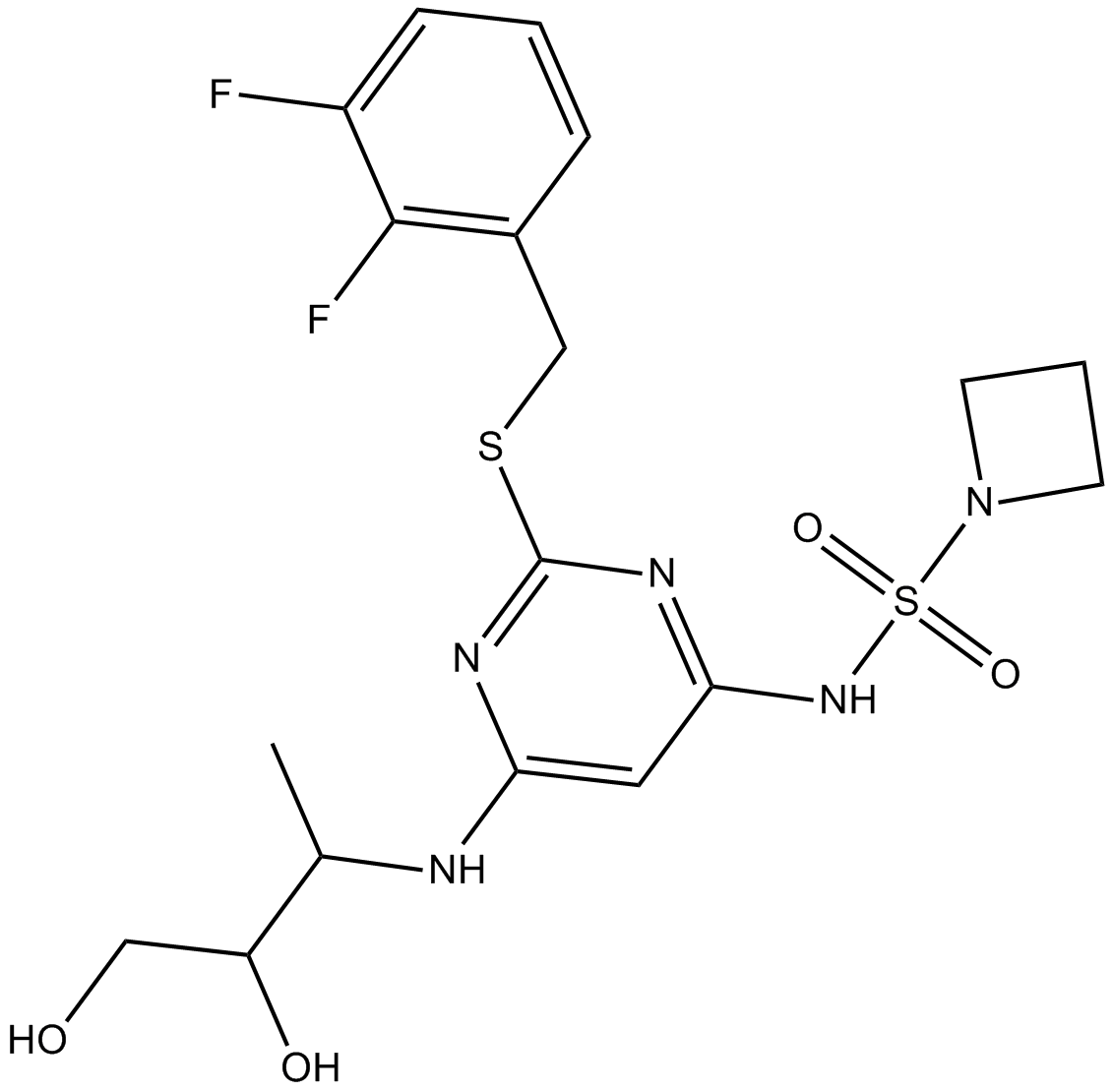 A3838 SRT3109Summary: CXCR2 ligand
A3838 SRT3109Summary: CXCR2 ligand -
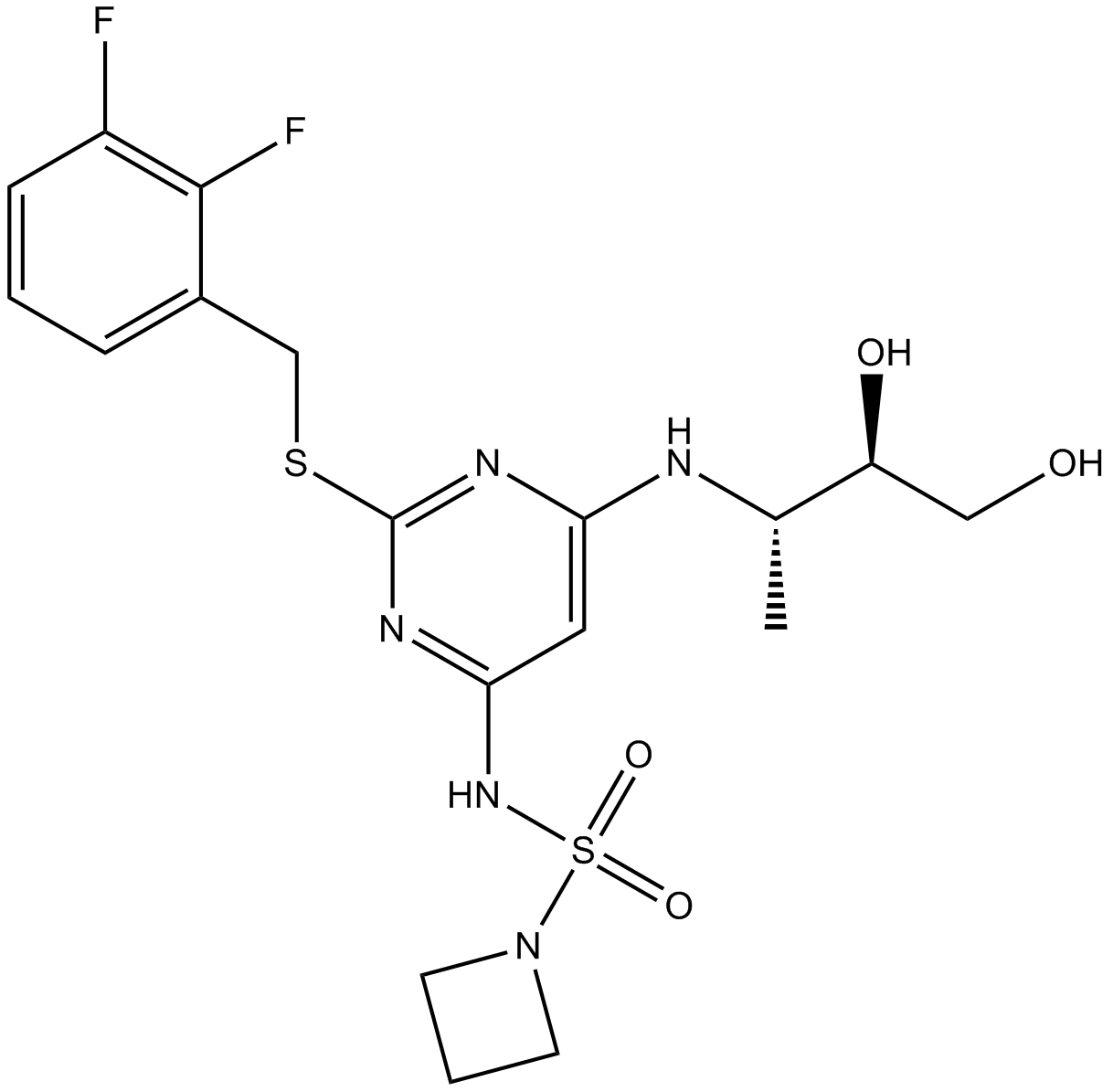 A3839 SRT3190Summary: CXCR2 ligand,SIRT1 activator
A3839 SRT3190Summary: CXCR2 ligand,SIRT1 activator -
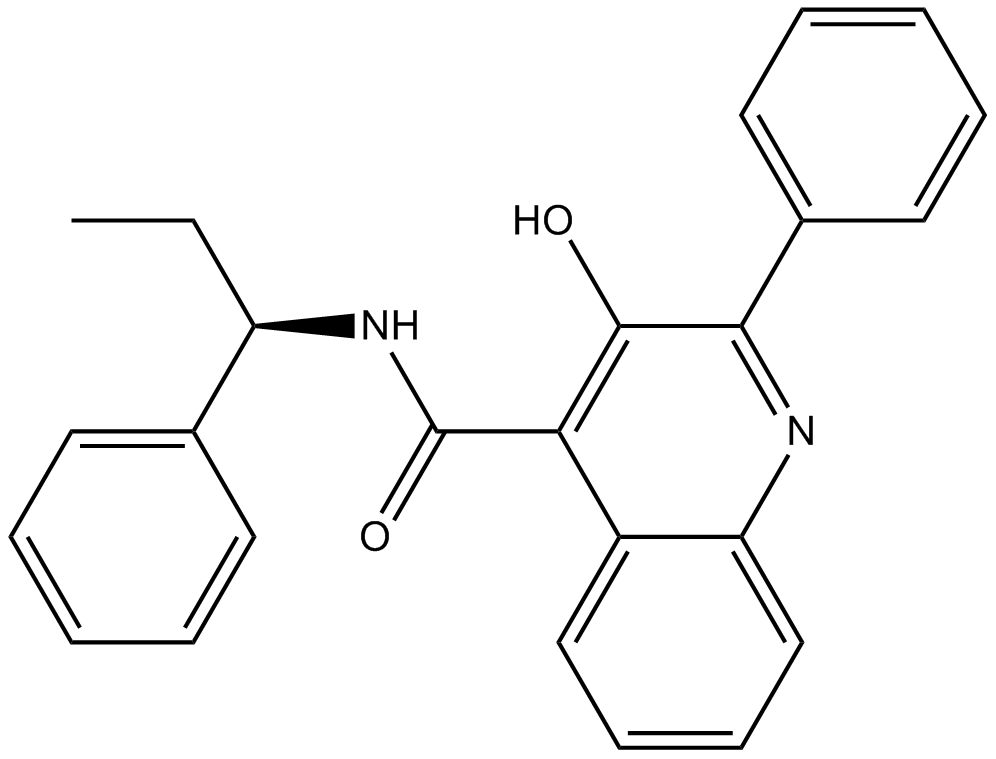 A3854 TalnetantSummary: NK3 receptor antagonist,potent and selective
A3854 TalnetantSummary: NK3 receptor antagonist,potent and selective -
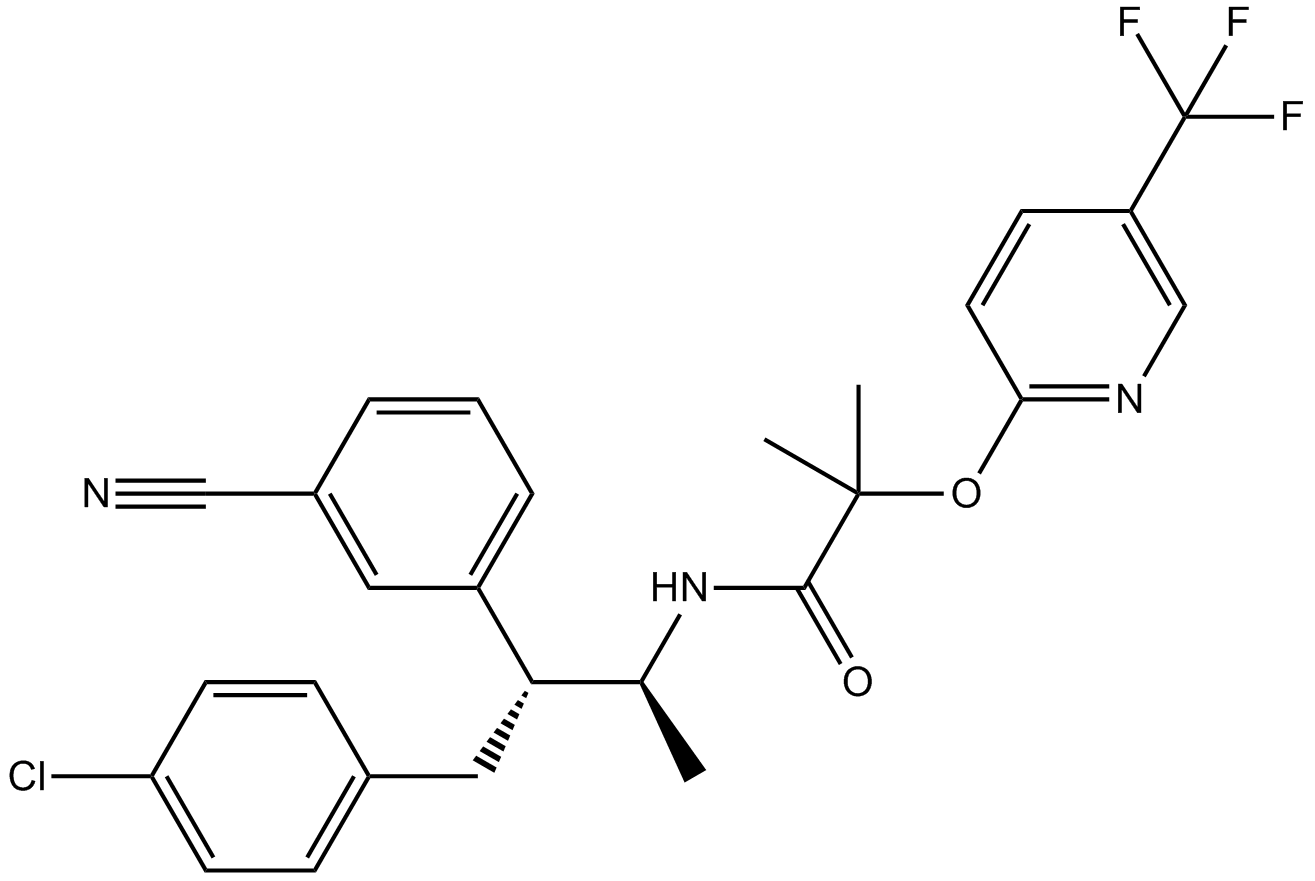 A3858 TaranabantSummary: Cannabinoid receptor type 1 inverse agonist
A3858 TaranabantSummary: Cannabinoid receptor type 1 inverse agonist -
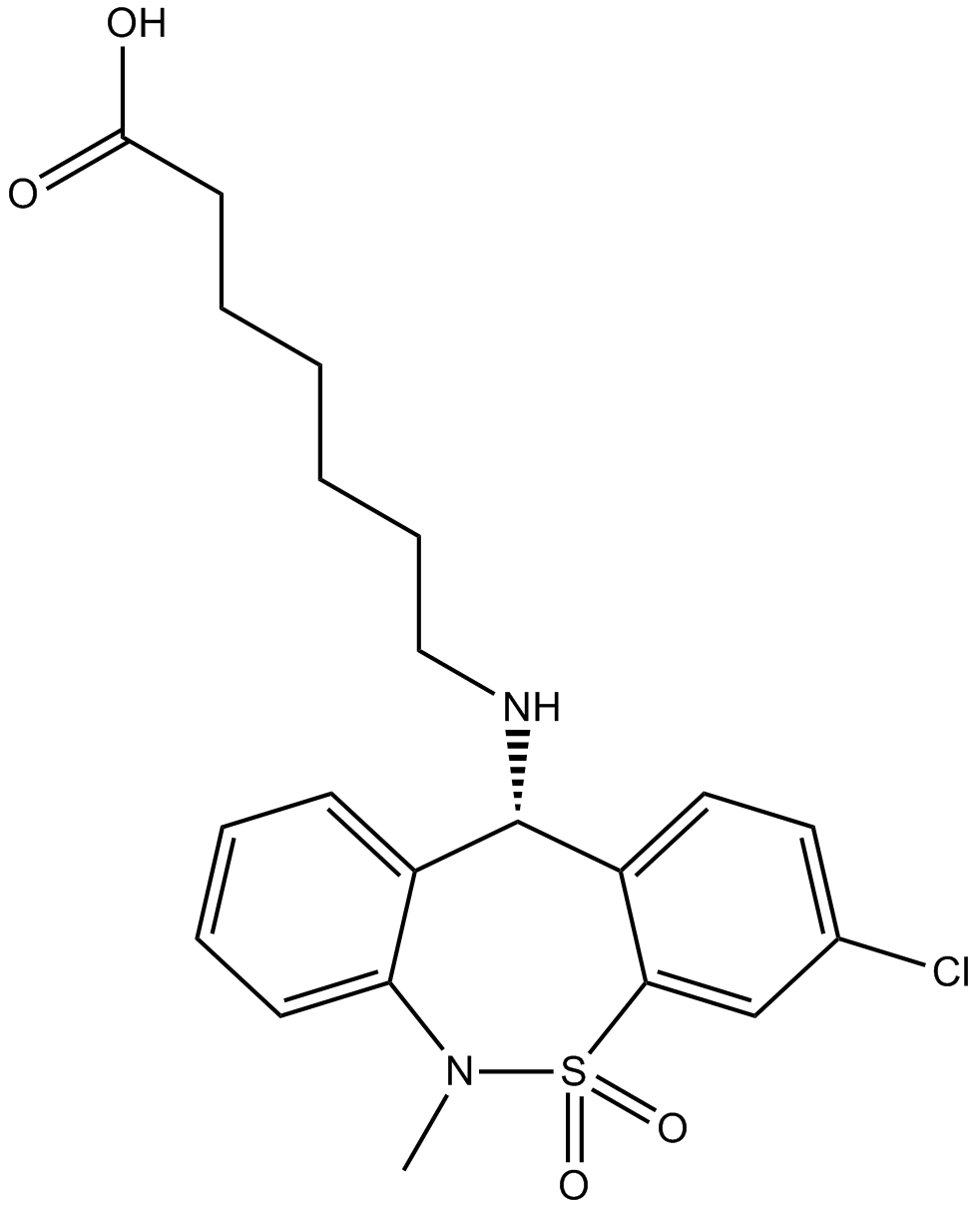 A3873 TianeptineSummary: 5-HT facilitator
A3873 TianeptineSummary: 5-HT facilitator -
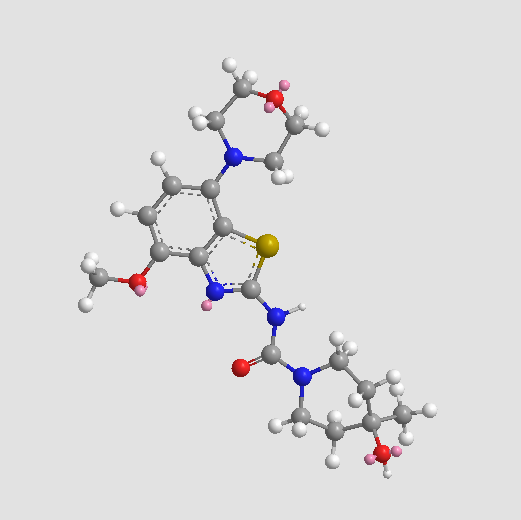 A3885 TozadenantTarget: Adenosine A2A ReceptorsSummary: Adenosine 2a receptor antagonist,novel and selective
A3885 TozadenantTarget: Adenosine A2A ReceptorsSummary: Adenosine 2a receptor antagonist,novel and selective -
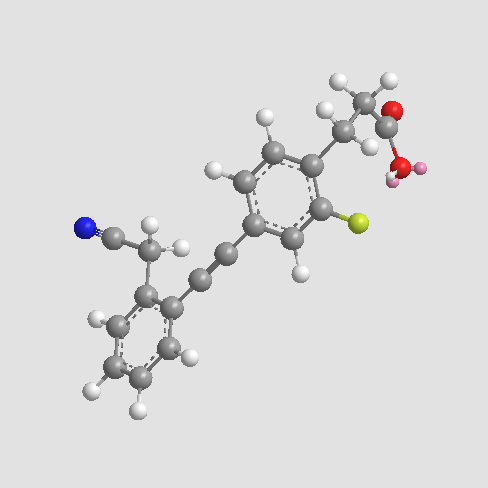 A3895 TUG-770Target: Free Fatty Acid ReceptorsSummary: FFA1/GPR40 agonist
A3895 TUG-770Target: Free Fatty Acid ReceptorsSummary: FFA1/GPR40 agonist

